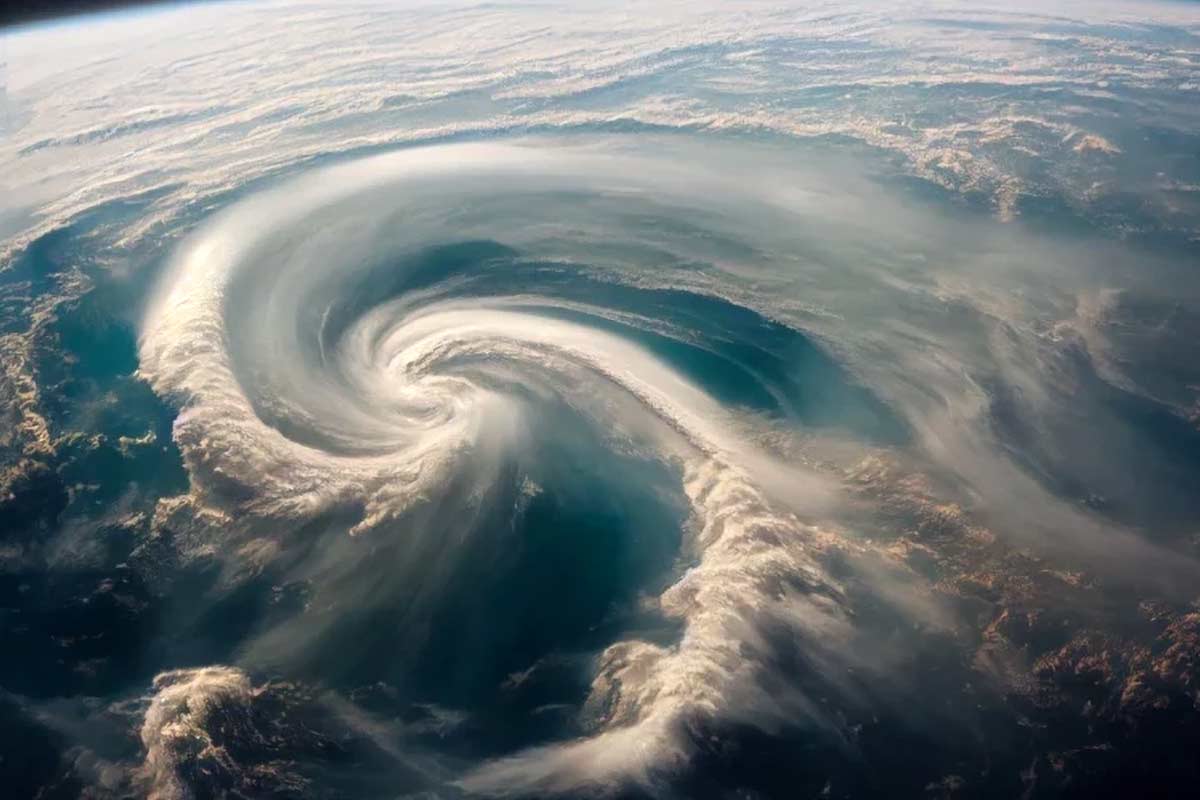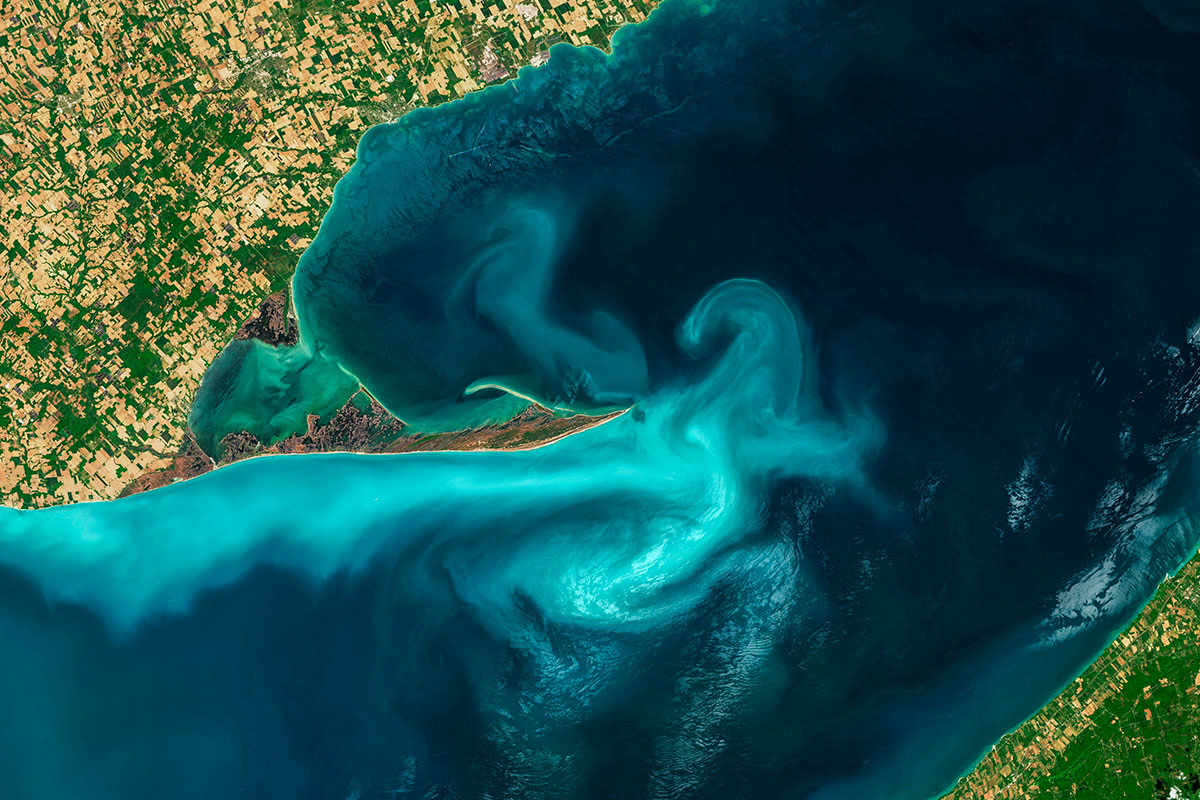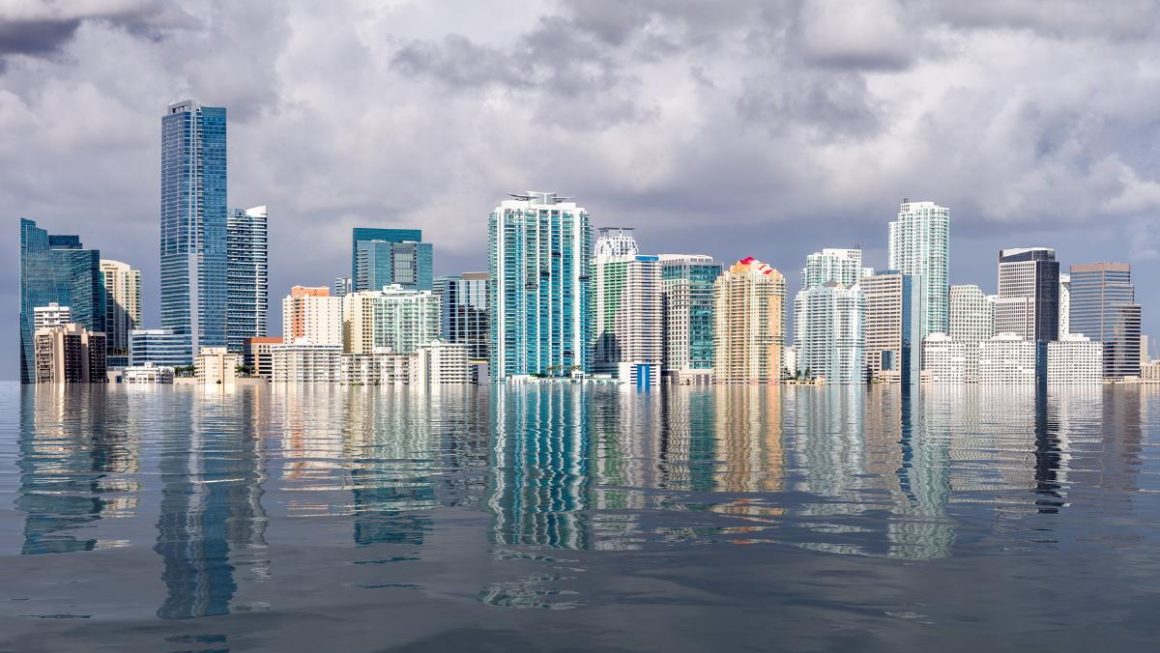The European Space Agency (ESA) measures waves of almost 20 metres in the middle of the ocean with its satellites.
During Storm Eddie, satellites from the European Space Agency (ESA) recorded ocean waves nearly 20 metres high, the largest ever measured from space. The measurement was taken in December 2024 by the Franco-American SWOT (Surface Water and Ocean Topography) satellite.
Ocean waves are mainly formed by the wind. When the wind blows across the surface of the sea, it skims the water and transfers some of its energy to it. Just as when we blow on a cup of coffee, the same phenomenon occurs when the wind hits the sea. These ripples grow, group together and transform into increasingly larger waves.
If a storm occurs in the middle of the ocean, the waves created are more powerful. According to the ESA, ocean swells can be used to understand how these storms have been. ‘Even when a storm does not make landfall, its waves can travel thousands of kilometres and carry destructive energy to distant coasts,’ it explains.

The study, published in the journal PNAS, has managed to measure the height of the waves caused by the Eddie storm between 21 December 2024 and 6 January 2025, a swell that travelled more than 24,000 kilometres. In other words, the storm’s influence spread, and the largest waves concentrated more energy than science had ever estimated.
The next step is to understand how climate change can influence these storms. “Climate change can be a determining factor, but it is not the only one. On the coast, seabed conditions also influence waves, for example, and these large storms are rare (occurring approximately once a decade), making it difficult to demonstrate trends,” said Fabrice Ardhuin, study leader and member of the French Laboratory of Physical and Spatial Oceanography.




